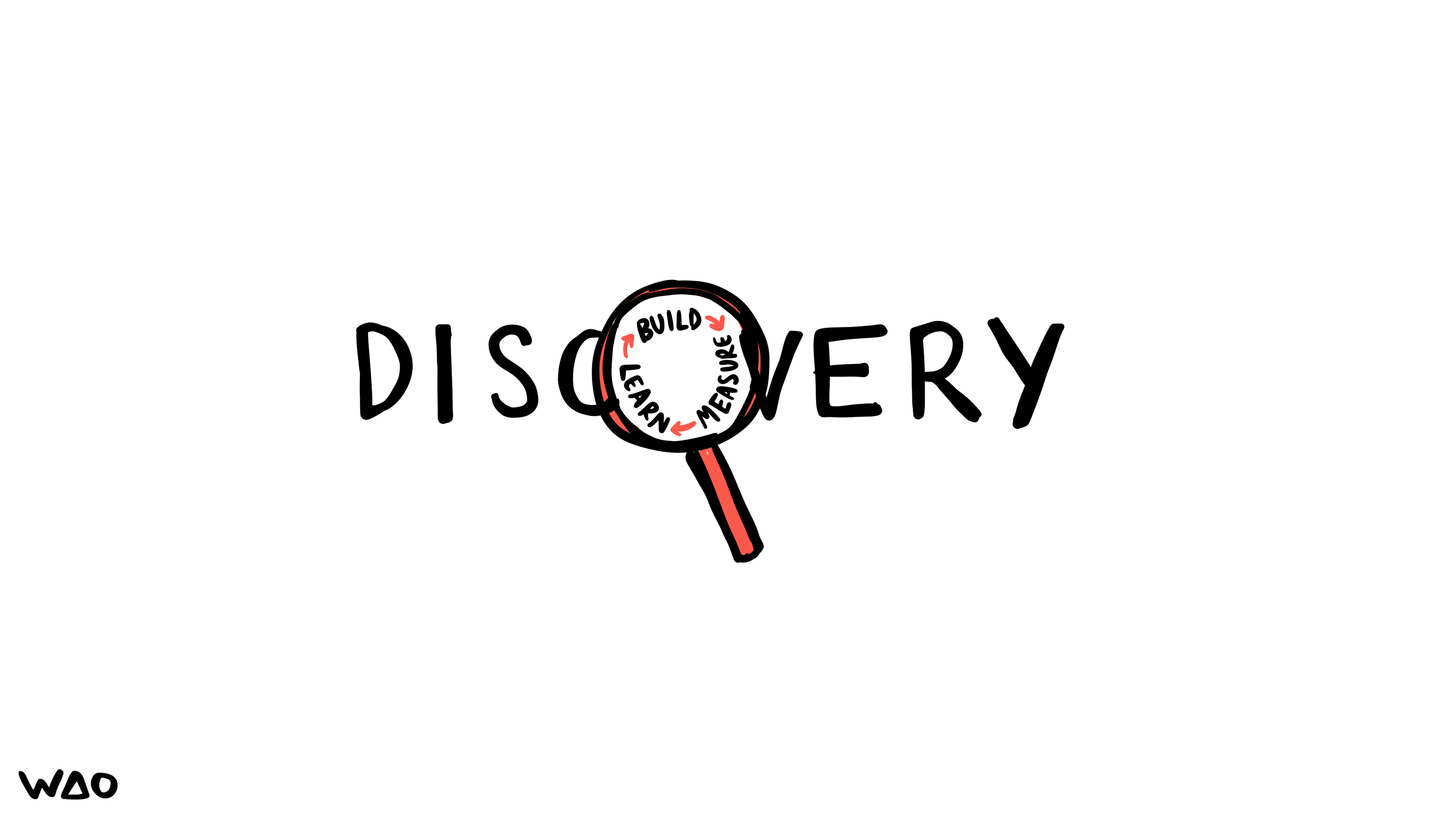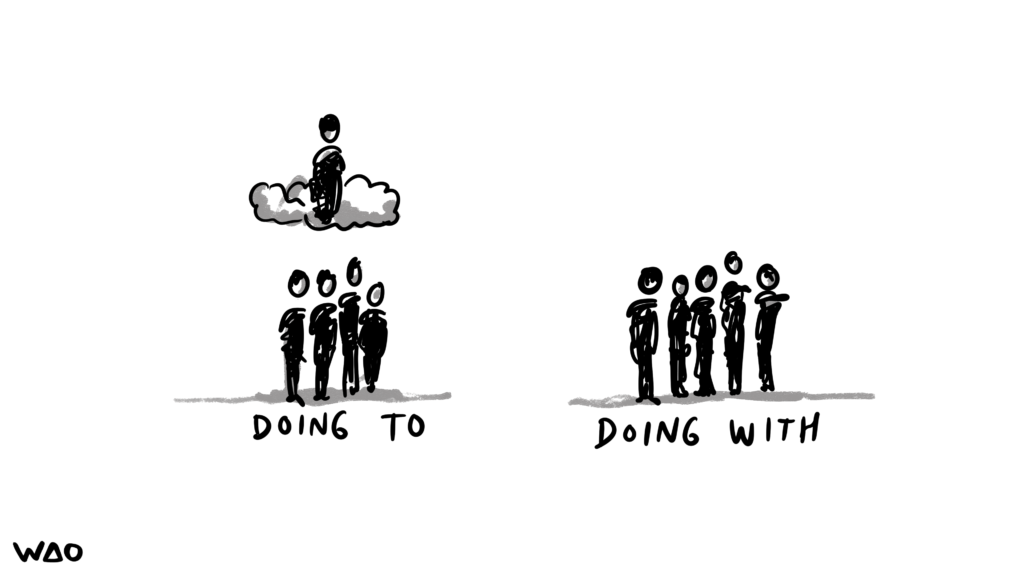TB872: Differences between project management and systemic inquiry
Note: this is a post reflecting on one of the modules of my MSc in Systems Thinking in Practice. You can see all of the related posts in this category.
As I explained in my last post, systemic inquiries can be thought of as a meta-form of purposeful action. In other words, it provides a setting for programmes and projects. So we’re not setting one against another, but rather understanding that systemic inquiry is a cyclic process focused on learning and so without ‘outcomes’ or ‘deliverables’ defined at the start.
| Aspect | Traditional Projects | Systemic Inquiry |
|---|---|---|
| Definition | A structured process with a specific goal, end product, or result to be achieved within set parameters. | An adaptive approach to practice, focusing on continuous learning and adaptation to changing circumstances. |
| Approach | Linear and sequential; follows a set plan from start to finish. | Cyclic and dynamic; not strictly linear and evolves as the inquiry progresses. |
| Outcomes | Specific outcomes or deliverables are defined at the beginning. | Outcomes are not pre-specified; open to new possibilities and adaptations. |
| Flexibility | Limited flexibility; changes often require formal processes to revise initial plans. | High flexibility; able to adapt to surprises and changes in circumstances. |
| Focus | Typically focuses on achieving specific, tangible results within a certain timeframe and budget. | Focuses on understanding and learning, often dealing with complex issues requiring adaptive change. |
| Management Style | Often managed through traditional project management methodologies. | Managed through principles of systems thinking, action research, and adaptive management. |
| Suitability | Suitable for projects with clear objectives and stable environments. | Suitable for complex situations with uncertainty and evolving requirements. |
| Time Frame | Generally operates within a fixed timeframe with specific deadlines. | Timeframes might be more flexible, with a focus on the process rather than strict deadlines. |
| Budget | Usually has a predetermined budget. | Budget might be more flexible, accommodating changes in the inquiry process. |
| Quality Standards | Quality and performance standards are often specified and measured against pre-determined criteria. | Quality is assessed in terms of learning outcomes and adaptability to changing scenarios. |
| Emotional Underpinning | Often characterized by a focus on efficiency, control, and predictability. | Embraces uncertainty and maintains an openness to surprise and adaptability. |
In my experience, Agile software development can be understood as a way to combine systemic inquiry with project management. According to the Manifesto for Agile Software Development, it’s the idea of valuing:
- Individuals and interactions over processes and tools
- Working software over comprehensive documentation
- Customer collaboration over contract negotiation
- Responding to change over following a plan
It doesn’t always work like that in practice, and there are plenty of un-agile ‘Agile’ approaches in the wild. But that speaks more to it becoming a dead metaphor in command-and-control environments, rather than the original ideas not being sound.
Agile approaches usually centre around the learn-build-measure cycle, with an important element of the process being ‘discovery’. This involves talking to stakeholders to figure out their problems, find leverage points, and unearth users’ jobs to be done.

Conceptualising agile approaches as systemic inquiries (which I haven’t done previously) helps explain the value of user research. Systemic inquiry foregrounds social relations: it’s not just about the theory or method, but how these are applied and evolve through collaboration.
The scary thing for most people is that recognising that life is uncertain and unpredictable is a little scary. Traditional project management, with its outcomes, deliverables, and Gantt charts looks impressive but is likely to bear little relation to reality. In addition, not only is the world constantly changing, but our interactions with our environment change it and us. So our plans need to be adaptable; it’s not about doing things to a group of people, but rather doing it with them.

They say that the best way to learn something is to teach it, and the above images come from work that WAO did as part of an emergency response during the pandemic with Catalyst-funded charities. We helped them move away from pretending they knew what their stakeholders wanted to actually asking them. Although this sounds obvious, in the grant-funded world, where organisations have precious little time to reflect on their processes, delivery is hard enough.
What was interesting was how transformational this shift was for participants in the programme. Although it wasn’t couched in the language of systemic inquiry, the iterative nature of what we helped them do, along with understanding that they needed to learn from their successes and mistakes, really helped them.
What I’m still getting to grips with is how to explain systemic inquiry to others. The boxes-in-the-arrow approach and reference to Agile software development only takes me so far — especially for those who are less technical.
Images: CC BY-ND Bryan Mathers for WAO


![Setting an Agile School Rhythm [DMLcentral]](https://dougbelshaw.com/blog/wp-content/uploads/2015/07/agile-school-rhythm.png)